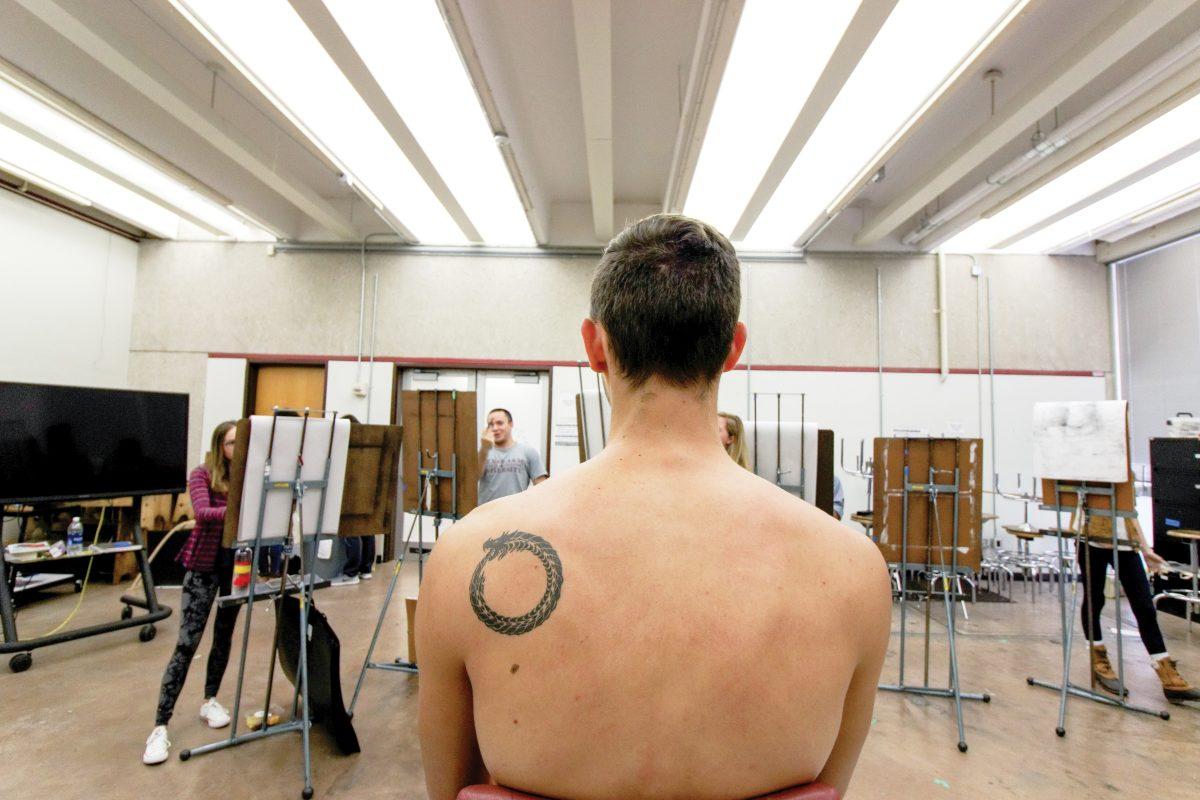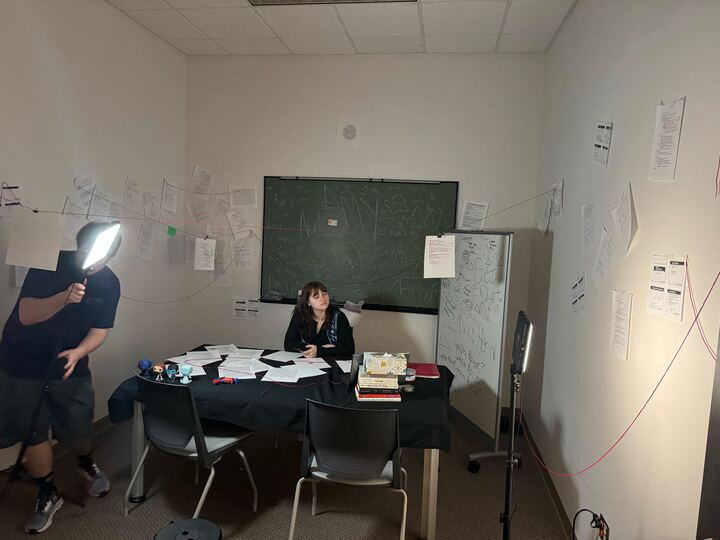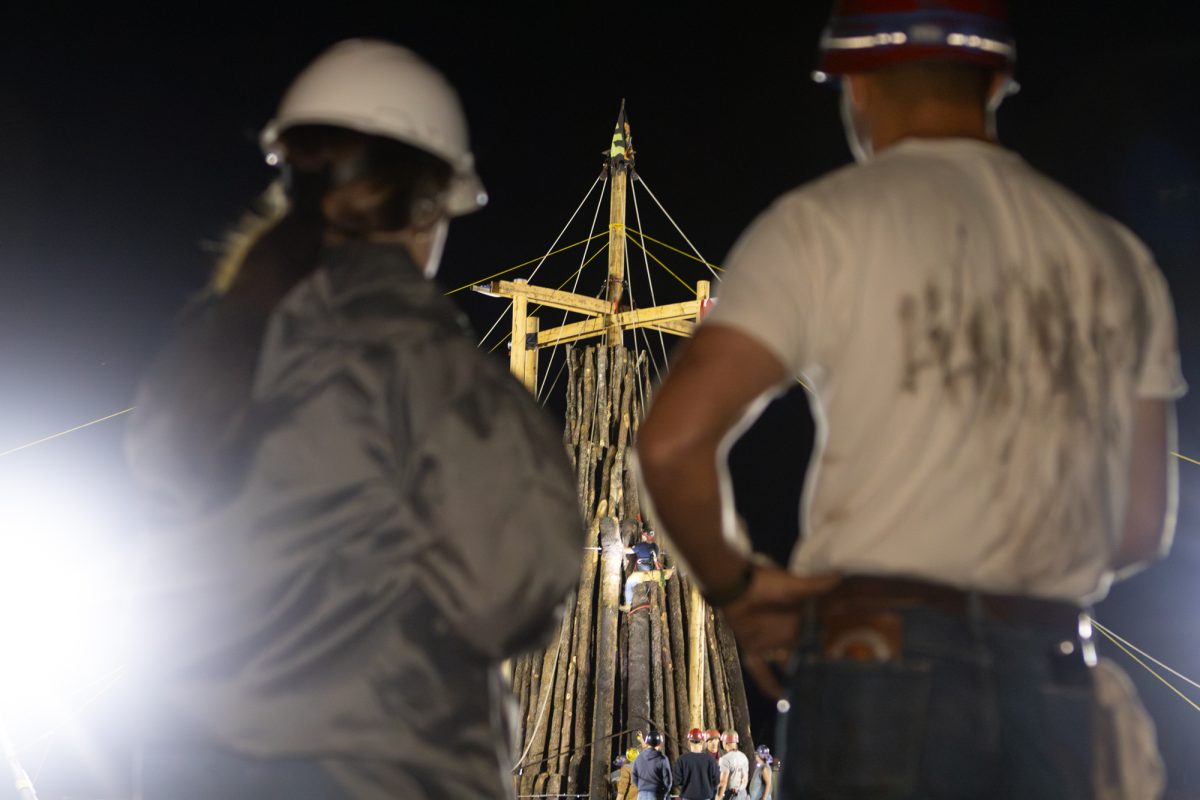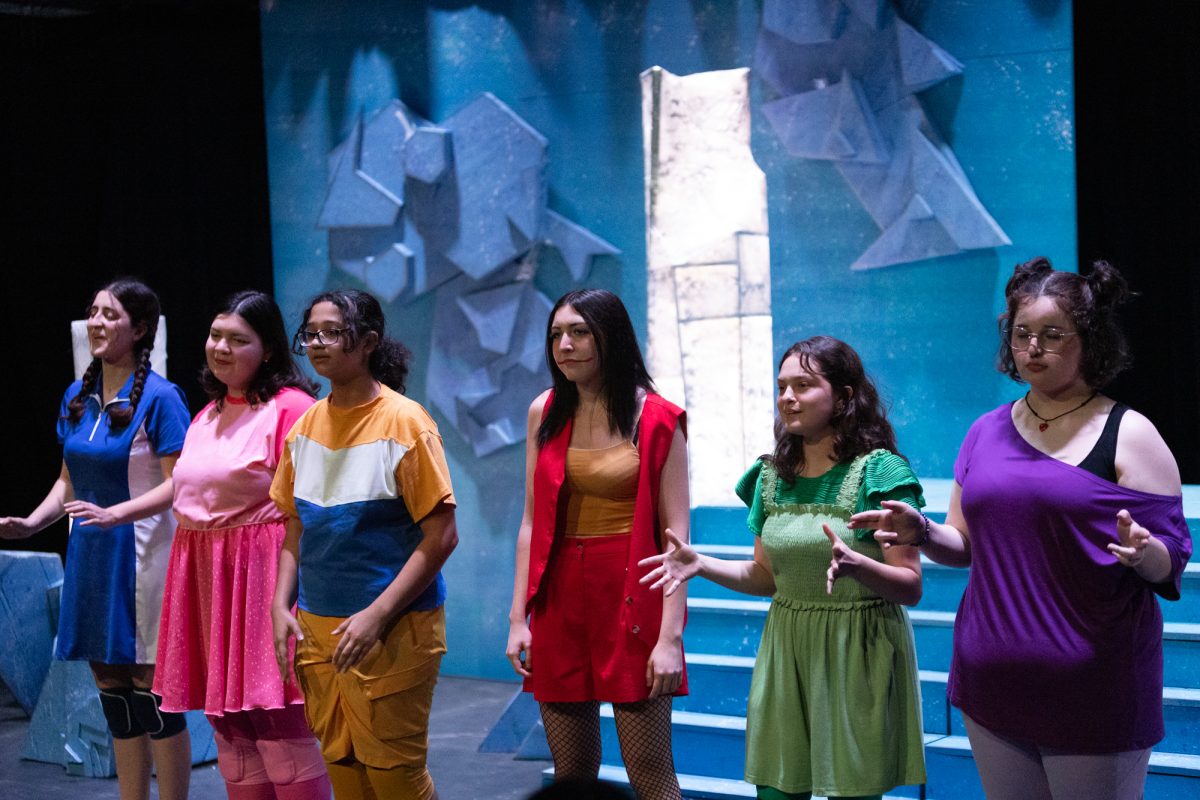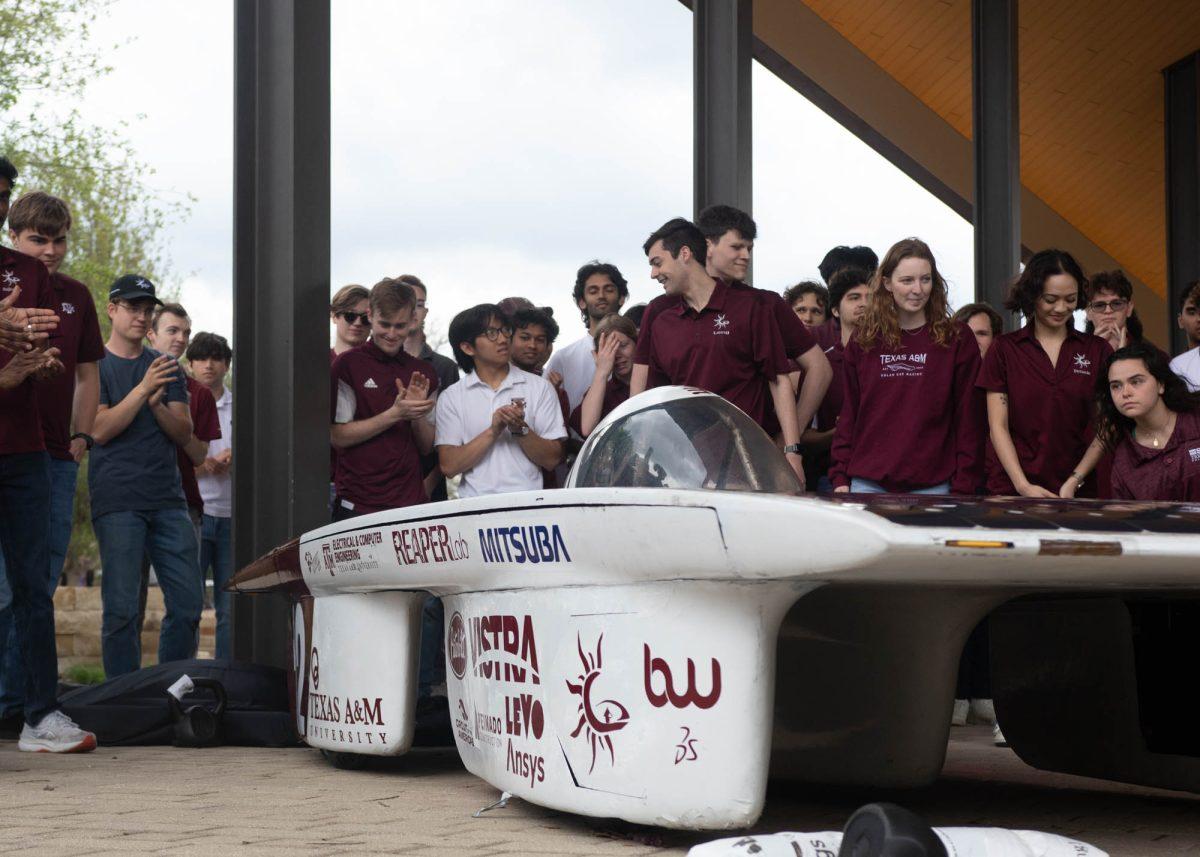There is a variety of on-campus jobs available to students, ranging from cashier jobs to bus drivers. A more unconventional job is available, however. Students can pose as nude models for life drawing classes.
Life drawing classes use nude models to teach students how to produce art that features the human figure based on a knowledge of geometry, motion and structure. Models work in three hour increments, holding poses for extended amounts of time, in order for students to reach a greater understanding of the way the body is formed.
Ryman Stringer, Class of 2016, was a life drawing model for two years during her time as a student in the Department of Visualization. In need of a well-paying job and having already taken the course, Stringer decided to give modeling a try. Stringer said the course focuses on anatomy and nude models are necessary for the class to have a visual representation.
“A lot of people get freaked out by it, but there’s nothing sexual about it,” Stringer said. “It’s very educational and positive. I could tell that in the beginning the students were a little put off, because I was just naked in the middle of them. As the semester went on, I could make jokes and talk with them more easily.”
Stringer said she never felt uncomfortable posing in front of the class and gained a sense of self-assurance from the experience.
“It gives you confidence,” Stringer said. “It’s something that puts you outside of your comfort zone, no matter how comfortable you are. It helps you learn more about yourself, and how bodies work.”
Marivi Ancelmo, psychology senior, is currently enrolled in the life drawing class. Despite the initial shock of having a nude model to draw, Ancelmo said all the students have been respectful and mature. Ancelmo said her professor constantly reminds the class that the focus of having a model is educational.
“Whenever our professor explains to us what we’re supposed to be looking for, he mentions muscles and bone structures that will protrude out of the body,” Ancelmo said. “Whenever we have the live model there, we can see what he’s talking about. We can form connections from what he’s drawn on the board.”
Sarah McGuinness, biochemistry and genetics senior, said life drawing modeling is the best job she has ever had, but it can still be challenging to find enough time to dedicate to her academics and other activities while also getting enough sleep.
“I think the most difficult part is balancing everything with school,” McGuinness said. “It’s only three to 10 hours a week for me usually, but I definitely get a lot more exhausted from three hours of modeling than I do from working a six to eight hour shift at the lab I work at, or at a restaurant like I used to do.”
Like any job, modeling comes with its own set of difficulties. McGuinness said staying still to maintain a pose is no easy task and there are some days she’s exhausted, or doesn’t feel good about herself.
“I just focus,” McGuinness said. “I get lost in my own head a lot, so it’s really easy for me to zone out. I’ve taken the class before, so I know what poses are more fun to draw. I also know what kind of poses I can actually hold without cramping or losing my balance.”
Course instructor Nathan Madrid works with students to teach them how to draw the figure accurately from life. Madrid said modeling requires stamina, and the course helps students accomplish their future career goals in terms of making art.
“It’s very hard to be still,” Madrid said. “Our bodies are meant for movement.”
Stringer said students with any interest should consider taking the course, or becoming a life drawing model themselves.
“Get rid of any misconceptions or preconceived notions that you have about the class, because they’re probably wrong,” Stringer said. “You don’t know anything about it until you actually experience it.”



